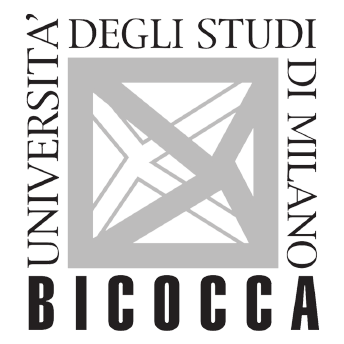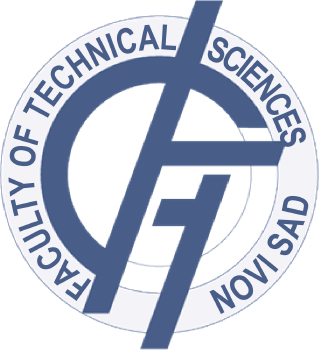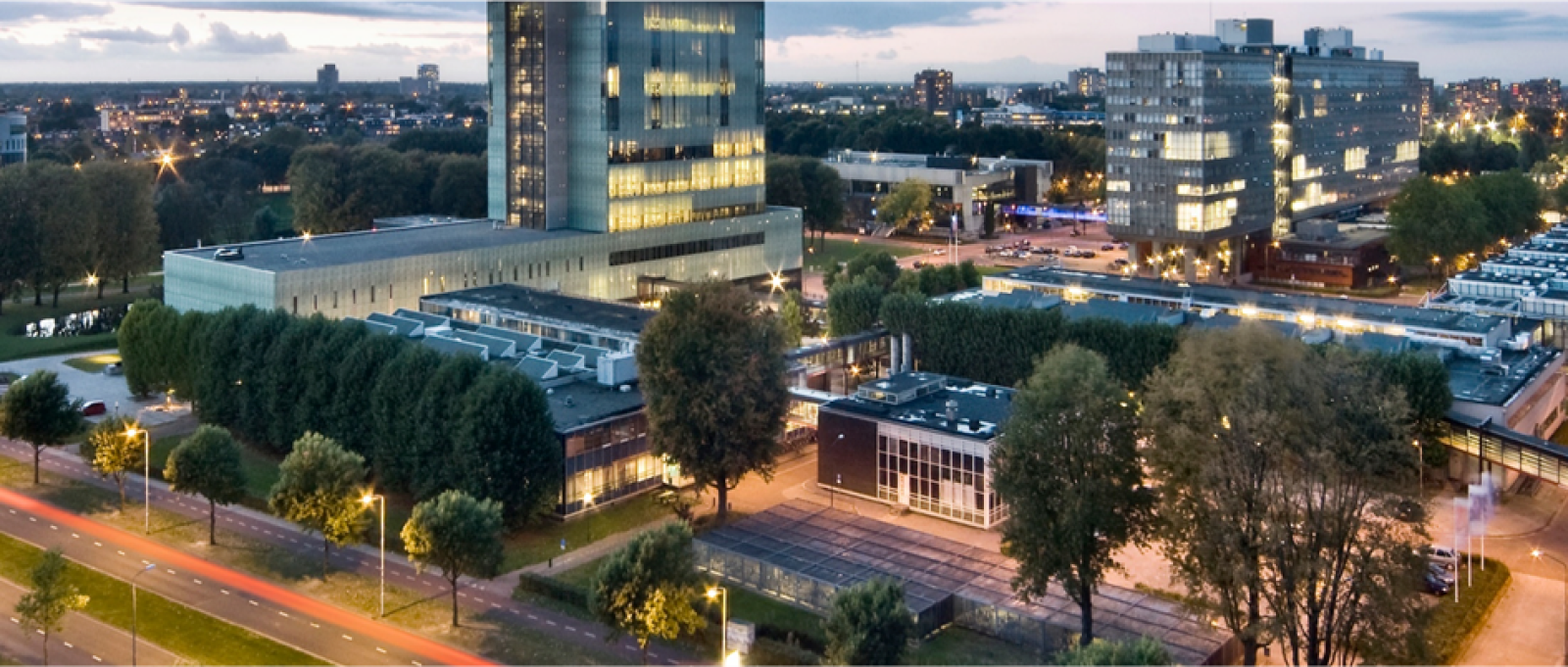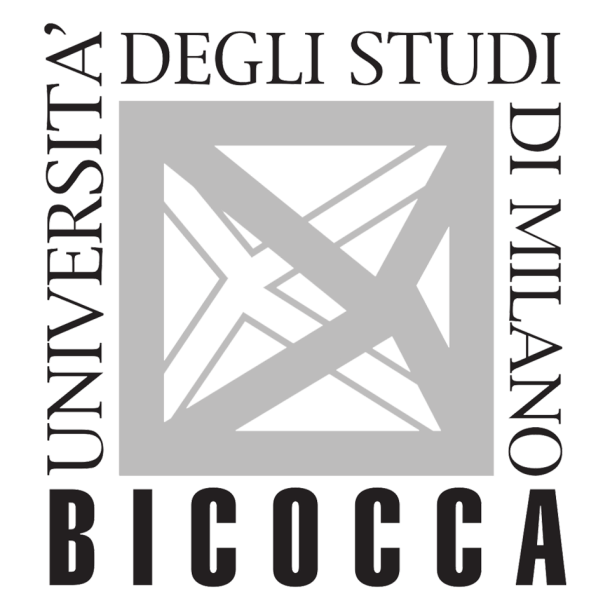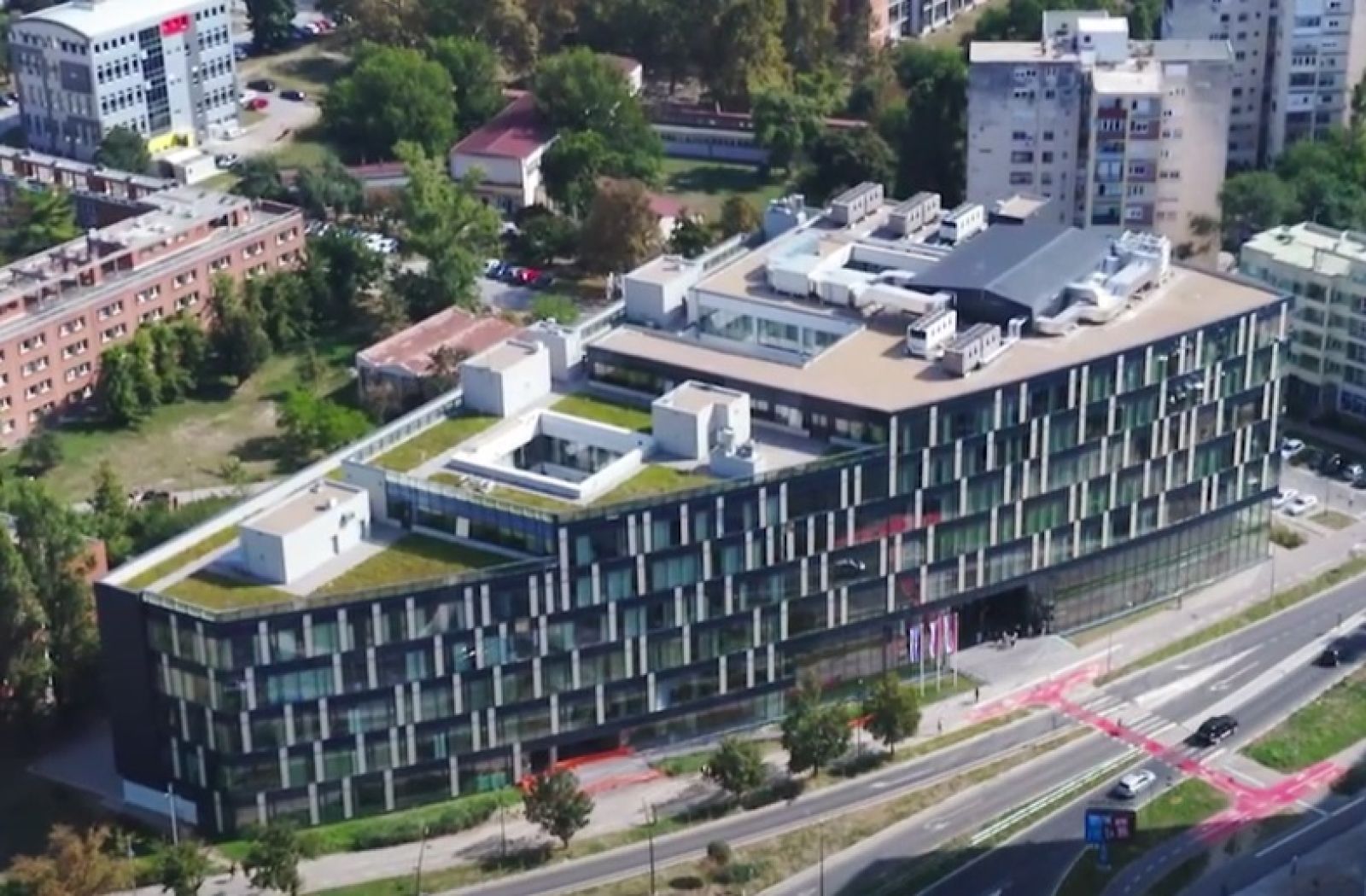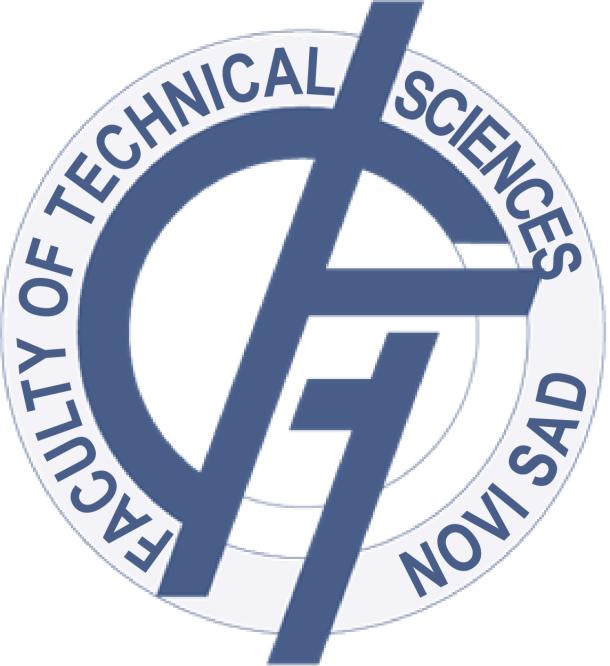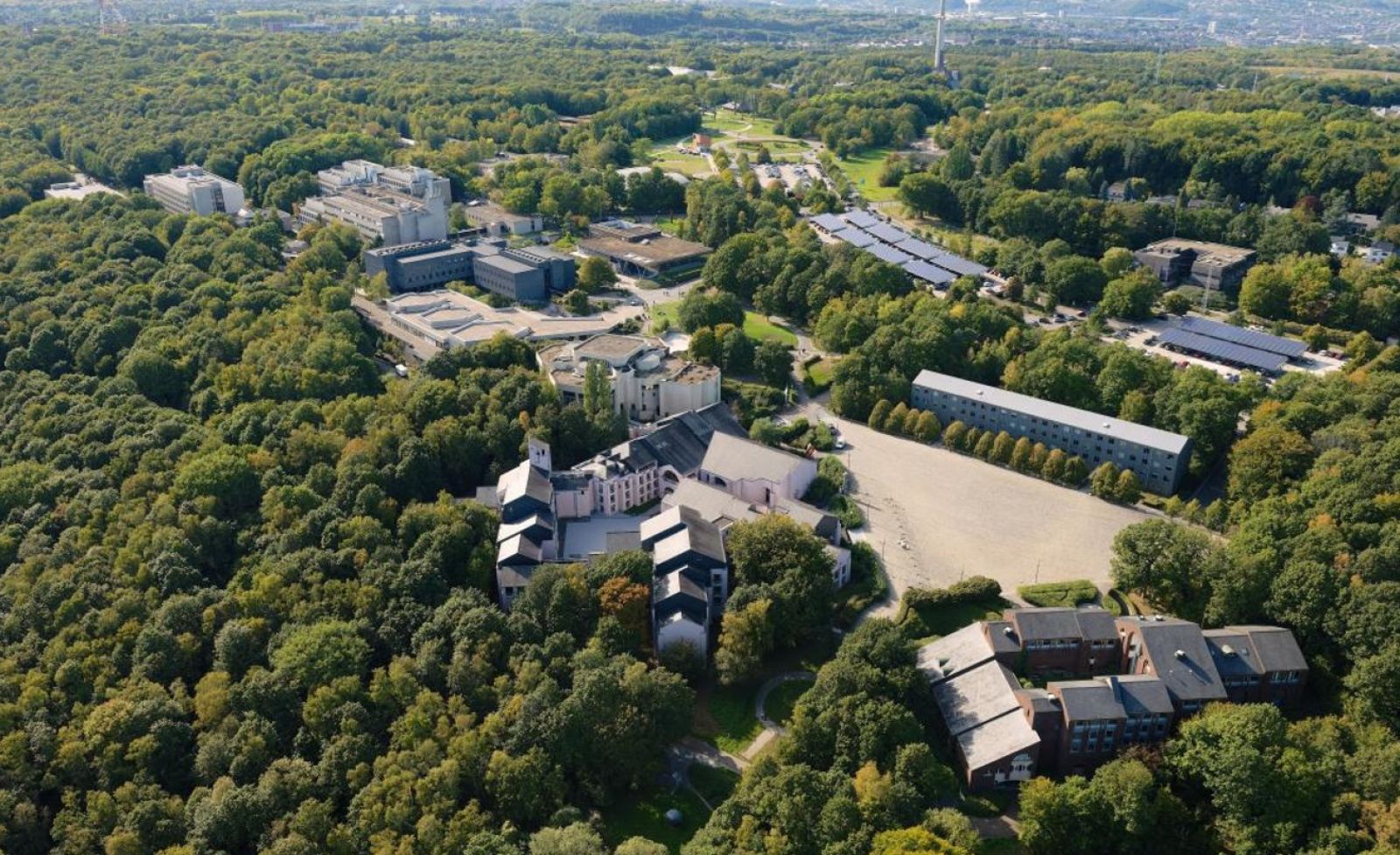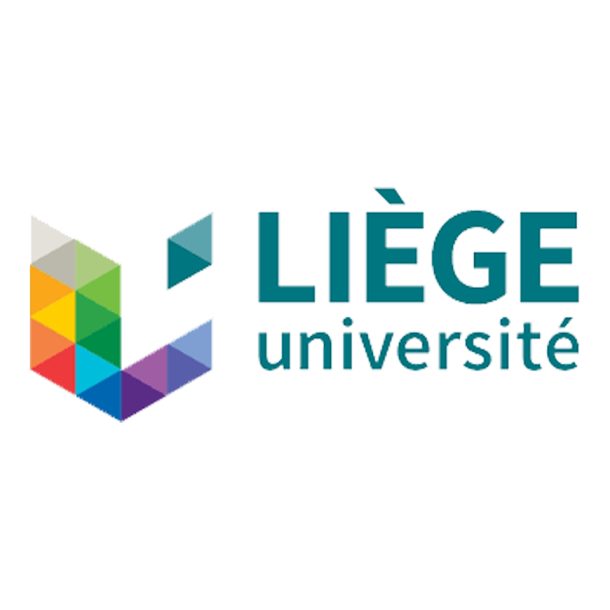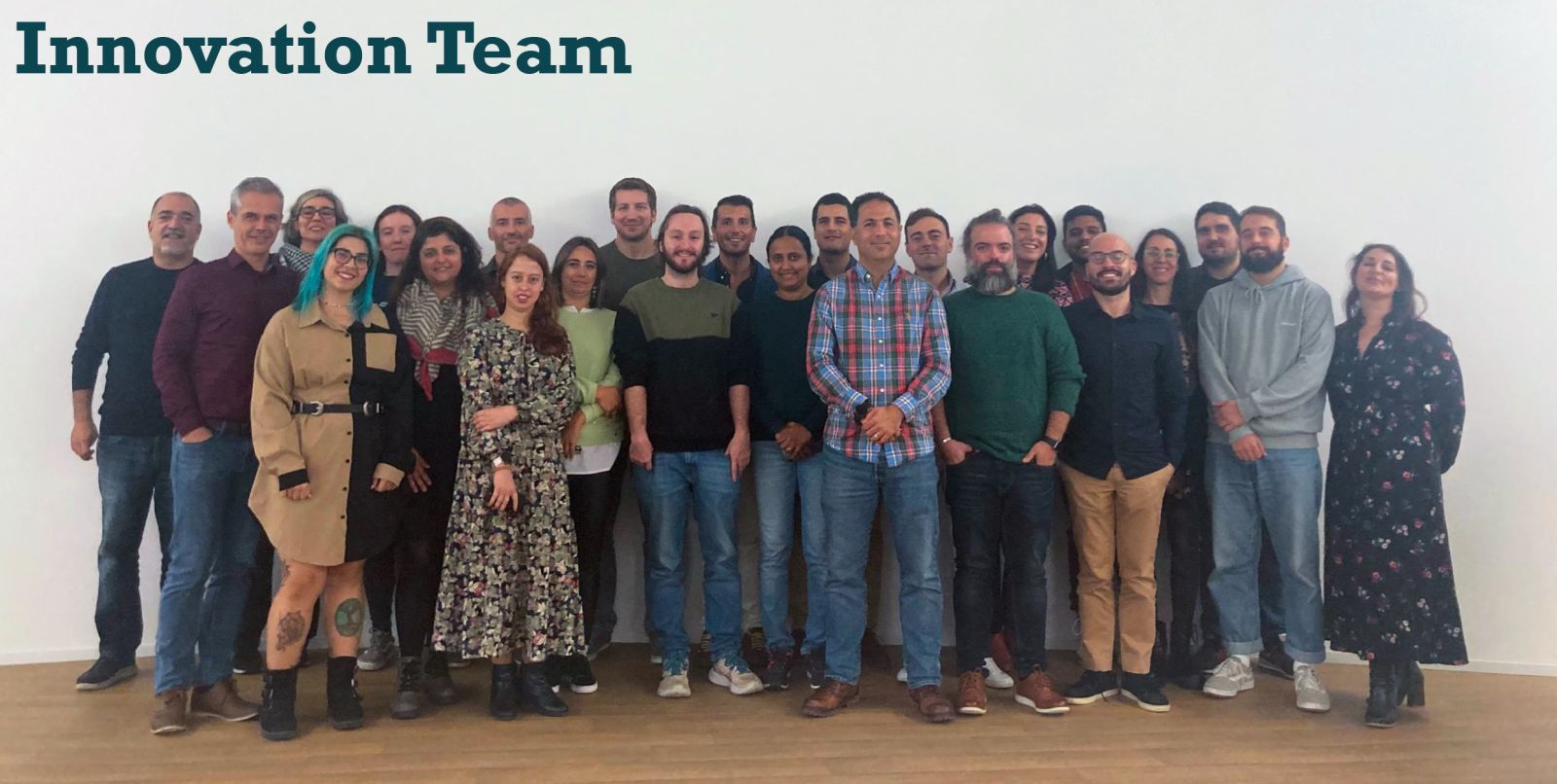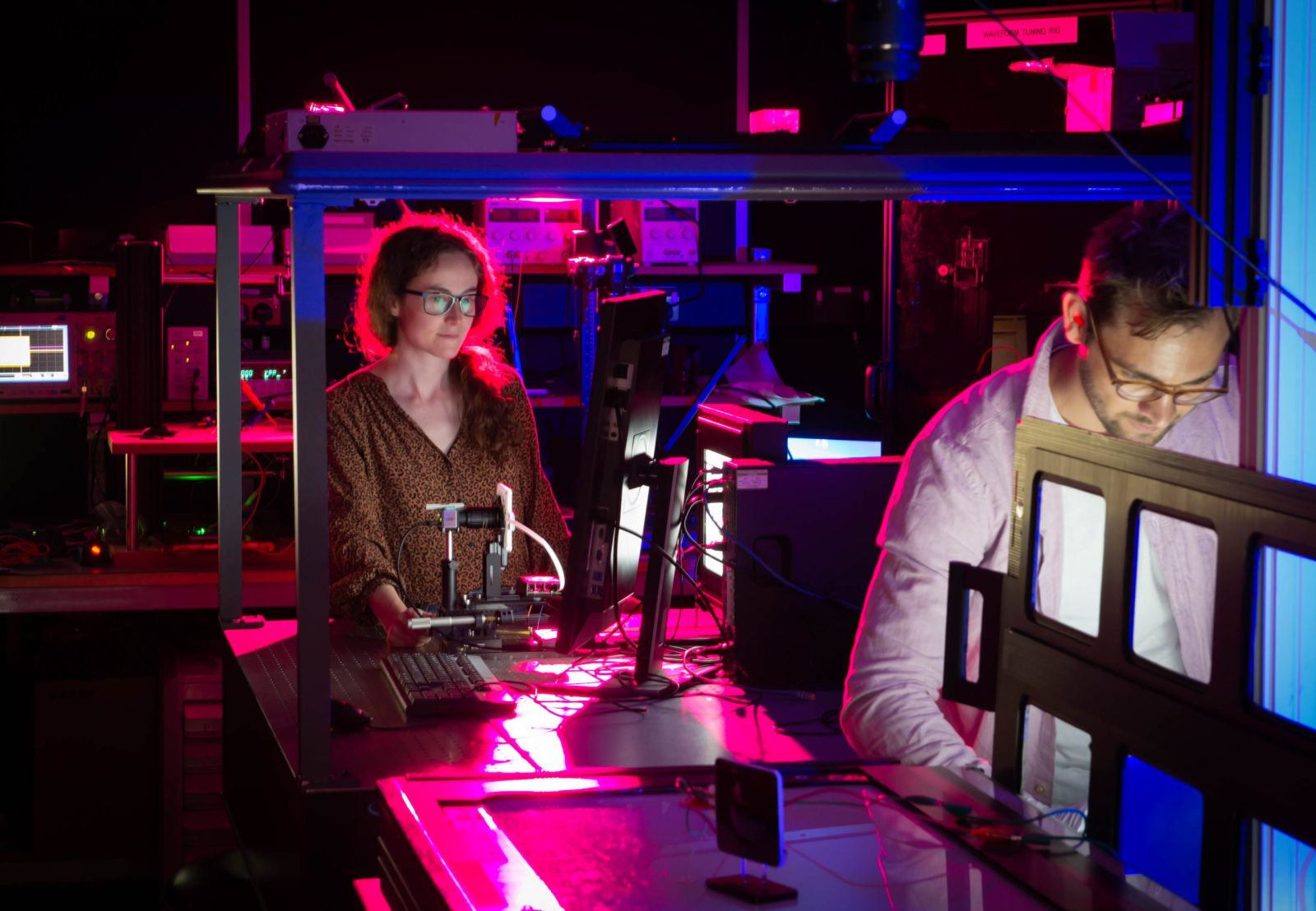Consortium
Consortium
The consortium is composed of 7 institutions from 6 countries. The members of the consortium are: (1) Italian institute of Technology (IIT), Italy; (2) Eindhoven University of Technology (TUE), The Netherlands; (3) University of Milano-Bicocca (UNIMIB), Italy; (4) Faculty of Technical Sciences, University of Novi Sad (FTN), Serbia; (5) University of Liege (ULIEGE), Belgium; (6) Alma Science (ALMA), Portugal; (7) Flexenable Technology Limited (FET), United Kingdom.
Istituto Italiano di Tecnologia (IIT)
The Printed and Molecular Electronics (PME) group of IIT was officially created in 2014, under the guidance of Mario Caironi, inheriting the experience of his printed electronics team active at Istituto Italiano di Tecnologia from 2010. PME operates at the Center for Nano Science and Technology @PoliMi (CNST) of the IIT in Milan. PME aims at improving the knowledge on the electronic and optoelectronic properties of solution-processable semiconductors, in particular conjugated organic materials, and at taking full advantage of their printability in order to deliver applications in the large-area and flexible electronics fields. PME group is therefore interested in clarifying charge injection and transport properties in thin films of semiconducting conjugated molecules and polymers, but also in blends and organic-inorganic hybrid semiconductors, in order to build a rationale allowing engineers to control these properties in electronic devices such as field-effect transistors, photodetectors, thermoelectric generators and biosensors. PME group is leading the development of printed organic electronics operating at high frequency, greatly expanding its applications. More recently, PME has been active in shaping the field of edible electronics, aiming at developing non-toxic edible electronic systems for the healthcare and food safety that are digested or even metabolized in the body after performing their function. Such activities complement its efforts in organic bioelectronics, where PME aims at large-area devices for rapid diagnostic and point-of-care applications.
Scientists in charge:

Mario Caironi was born in Bergamo (Italy) in 1978. He studied at “Politecnico di Milano” (Milan, Italy) where he obtained his Laurea degree in Electrical Engineering in 2003 and a Ph.D. in Information Technology with honours in 2007, with a thesis on organic photodetectors and memory devices. In March 2007 he joined the group of Prof. Henning Sirringhaus at the Cavendish Laboratory (Cambridge, UK) as a post-doctoral research associate. He worked in Cambridge for 3 years on high resolution inkjet printing of downscaled organic transistors and logic gates, and on charge injection and transport in high mobility polymers. In April 2010 he was appointed as Team Leader at the Center for Nano Science and Technology@PoliMi of the Istituto Italiano di Tecnologia (Milan, Italy), in 2014 entered the tenure track at the same institution and obtained a tenured researcher position in 2019. He is author and co-author of more than 200 scientific papers in international journals and books.
Email:
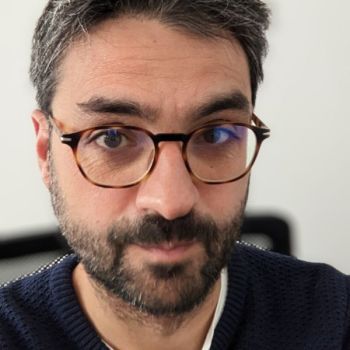
Alessandro Luzio studied at “Università di Palermo” (Palermo, Italy) where he obtained his Master degree and Ph.D. in Chemical Engineering and Material Science in 2007. During his Ph.D. he has started working in the field of Organic Electronics. In 2008 he has joined the Plast_IC project in Catania, leaded by ST Microelectronics, where he was involved in the development of inks for organic conductors and semiconductors patterning; in 2009, he had the opportunity to improve his knowledge and skills in this field of organic electronics by working in the state-of-the art laboratory of Professor Marks in Northwestern University and the laboratory of the Polyera inc. with Professor Facchetti (both in Chicago, Illinois, USA). Starting 2020 he has joined again the “Printed and Molecular Electronics” line of IIT as a Senior Researcher and coordinator in the ELFO project “Electronic Food: enabling edible electronic systems for biomedical and food monitoring applications” H2020 ERC Consolidator Grant 2019 #864299. He is currently interested in the development of edible electronic device for the healthcare and food sector and in edible semiconductor physics investigation.
Email:

Virgilio Mattoli received his Laurea degree in chemistry (with honours) from the University of Pisa and the Diploma in Chemistry from the Scuola Normale Superiore of Pisa in 2000. In 2005 he received his PhD in bio-engineering (with honours) from Scuola Superiore Sant’Anna, with a thesis focused on the control and integration of miniaturized devices for environmental application. In summer 2004 he was visiting researcher at the University of Stanford, Center for Design Research, working on sensors and controls modules for biomimetic robotics applications. In 2005 and 2008 he was a short term visiting researcher at Waseda University (Tokyo, Japan) working on a bio-inspired mini-robot and on development of ultrathin freestanding polymeric films. From June 2008 to October 2009 he obtained a temporary position of Assistant Professor of bioengineer engineering at the Scuola Superiore Sant’Anna (SSSA). From November 2009 to July 2015, he has been a Team Leader of the Smart Materials Platform in the Center for Micro-BioRobotics of the Italian Institute of Technology (IIT). In August 2015, he obtained a permanent position as Researcher Technologist at the same center (now Center for Materials Interfaces). His main research interests include: smart nano- and bio-inspired materials, micro/nano-fabrication, soft/tattoo electronics, sensors, and biorobotics. He is currently involved in several research projects on these topics, including the EU FET Project 5D NanoPrinting of which he is the coordinator. He is author or co-author of more than hundred fifty articles on international journals, of more than about thirty-five invited talks, and of several conferences communications/proceedings and deposited patents.
Email:
Eindhoven University of Technology (TU/e)
Eindhoven University of Technology (TU/e) is a public institute located in Eindhoven, The Netherlands, in the heart of the Brainport region, known for its strong emphasis on innovation and technology. TU/e incorporate nine faculties, of which the Electrical Engineering one is a key player in this ecosystem, focusing on cutting-edge research and education in the field.
The department’s mission is to advance knowledge and understanding in electrical engineering through a combination of education, research, and valorization. It aims to contribute to a smart, sustainable society, a connected world, and healthcare innovations. The department is highly interdisciplinary, collaborating closely with industry leaders like ASML, Philips, and NXP to drive technological advancements. TU/e, counts around 14,000 students enrolled in its BSc and MSc programs and approximately 1350 students in the PhD and EngD programs.
Scientists in charge:
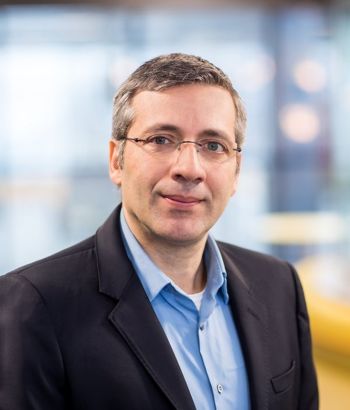
Eugenio Cantatore is Full Professor in the Integrated Circuits group at Eindhoven University of Technology (TU/e), where he leads the Emerging Technologies Lab. His research focusses on the design and characterization of electronic circuits and systems fabricated with emerging technologies, as well as the design of ultra-low power micro-systems for biomedical applications. He was nominated IEEE Fellow in 2016, for contributions to the design of circuits with organic thin film transistors.
Email:
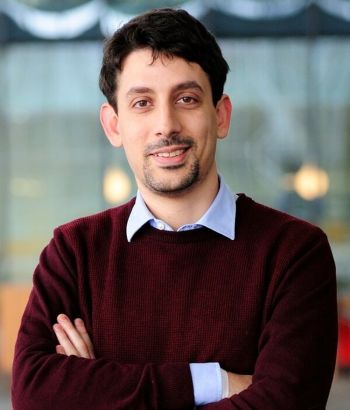
Marco Fattori is Assistant Professor in the Integrated Circuits group, department of Electrical Engineering at Eindhoven University of Technology (TU/e). As active researcher in the Emerging Technologies Lab, his interest includes analog and mixed-signal circuit design with Si-CMOS technologies, flexible and large-area electronics, and Machine Learning techniques for circuit design and calibration. Since 2021, he is co-founder and CTO of the startup company MicroAlign.
Email:

Herman Hiemstra is PhD candidate in the Integrated Circuits group, department of Electrical Engineering at Eindhoven University of Technology (TU/e). He is working on the GRETA project, where the main aim is to design a UHF RFID tag using sustainable organic materials.
Email:
UNIVERSITA' DEGLI STUDI DI MILANO BICOCCA (UNIMIB)
Research activities. The main goal of our research is the development of efficient and sustainable organic semiconductors for printed optoelectronics and related applications. We have been contributing to the field, profiting from our expertise in heteroaromatic chemistry and in the development of high performances pigments and dyes. Recently, the organic semiconductor community started to face the Lab to Fab transition, thus realizing that performances are a necessary but not sufficient condition for successful technological transfer. Stability, reliability and sustainability of the production processes are at least as important as the absolute performance. We are actively working with partners from Italian and foreign institutions on the development of strategies inspired to the formulation chemistry approach to develop inks of performing organic semiconductors – polymeric and molecular – whose preparation and handling mainly rely on the use of water and alcohols as reaction media and processing solvents. While gearing up for such an endeavour, we complemented our background in synthetic organic chemistry with a solid knowledge of formulation chemistry. We routinely collaborate with large companies as well as PMI on both printed optoelectronics and formulation chemistry. Role within GRETA. UNIMB will be active in the following tasks: (1) Synthesis of established materials according to green chemistry routes; (2) Development of aqueous inks of organic materials suitable for printed electronics, (3) Development of new intrinsically green organic semiconductors according to a de novo approach; (4) Recycling and upcycling of chemicals (during synthesis) and of devices (end of life); (5) Development of alternative dielectrics and conductive inks.
Scientist in charge:

Luca Beverina independent career started in 2008 when he was awarded – as national coordinator - the first grant by the Italian Ministry of University and Research (PRIN program). Since then he demonstrated ample capability to attract funding with his new ideas. Effective February 2018, he coordinated 4 national Research Projects (PRIN, PRISMA and two Cariplo Foundation projects). He was also involved in three European Projects (FP6 Nanoeffects and FP7 Innoshade and EELICON) and he is currently taking part to another project (MC ITN Thinface). Alongside with institutional funding, he also attracted over 200 K€ from industrial funding. The most recognized contribution to the field of organic semiconductors is the development of the chemistry of squaraine compounds.
Email:
University of Novi Sad, Faculty of Technical Sciences
The University of Novi Sad (UNS), Novi Sad, Autonomous Province of Vojvodina, Republic of Serbia is the second largest university in Serbia with around 5,000 employees and 50,000 students. Comprehensive, entrepreneurial oriented university with 14 faculties and with 390 accredited study programmes. The Faculty of Technical Sciences, Department of electronics (FTN) is involved in GRETA project. The FTN is a vibrant research and educational institution with around 530 researchers and long-lasting experience in international cooperation and international projects. With over 14000 students and 1000 employees, covering the area of over 35500 m2 divided into 9 buildings, the FTN ranks among the largest and most developed faculties in the region. The faculty is the first to certify its quality management systems according to the international standards EN ISO 9001:2008, ISO 14001:2009 and OHSAS 18001:2007. Since the 1970’s, the FTN has curved out international reputations as a leading research organization in the Western Balkan region, producing some notable results in the field of printed electronics.
Main role in the project: Printed UHF antenna, Dissemination and communication
Scientist in charge:
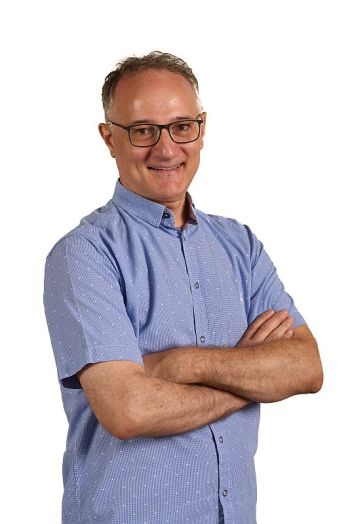
Prof. Dr. Goran Stojanović (M’04) is a full professor at Faculty of Technical Sciences (FTS), University of Novi Sad (UNS), Serbia. He received a BSc, MSc and a PhD degree in 1996, 2003 and 2005, respectively, from FTS-UNS, all in electrical engineering. He has 27 years of experience in R&D. His research interests include sensors, flexible electronics, textile electronics and microfluidics. He is the author/coauthor of 290 articles, including 180 in peer-reviewed journals with impact factors, 5 books, 3 patents, 2 chapters in monographs. He was a keynote speaker for 14 international conferences. Prof. Stojanović has been a supervisor of 14 PhD students, 40 MSc students and 60 diploma students at the FTS-UNS. He has more than 18 years’ experience in coordination of EU funded projects (Horizon Europe, H2020, FP7, EUREKA, ERASMUS, etc.), with a total budget exceeding 22.86 MEUR. Currently, he coordinates 5 Horizon projects in the field of green electronics and textile electronics.
Website: www.stojanovicgoran.com
Email:
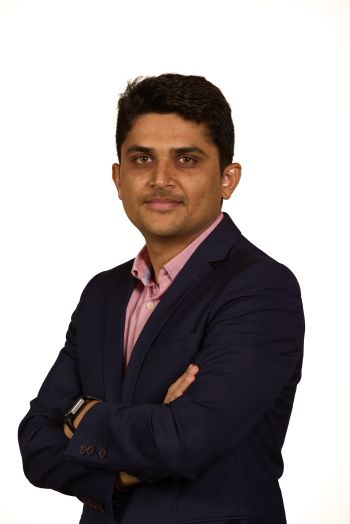
Sohail Sarang received the B.Eng. degree in Telecommunication Engineering from Hamdard University, Pakistan, in 2015, the M.Sc. in Electrical and Electronic Engineering from Universiti Teknologi PETRONAS, Malaysia, in 2018, and the Ph.D. in Electrical and Computer Engineering from the Faculty of Technical Sciences, University of Novi Sad (FTN-UNS), Serbia, in 2023. Throughout his academic career, he was awarded fully funded Prime Minister's National ICT Scholarship from the Government of Pakistan, the Universiti Teknologi PETRONAS Graduate Assistantship, and the Marie Skłodowska-Curie Actions (MSCA) Innovative Training Networks funding for his bachelor's, master's, and doctoral studies, respectively. He has authored 12 peer- reviewed journal articles, received three best paper awards, and participated in two European Union Horizon 2020 funded projects: MSCA-ITN AQUASENSE-ITN (2019–2022) and STRENTEX-ERA Chairs (2023–2024) as a researcher. He is currently working as a postdoctoral researcher at FTN-UNS. His role in the GRETA project is to develop printed green antenna for UHF Tag.
Email:
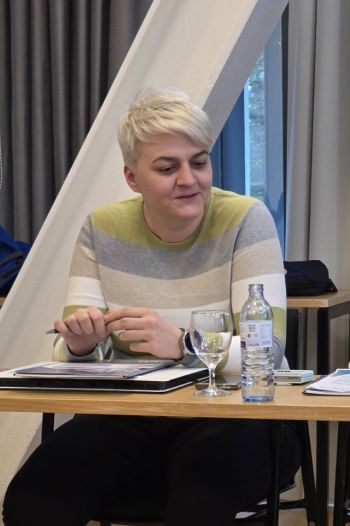
Ivana Knežević received her BA degree in English Language in 2011 and her MSc degree in Project Management in 2024 from the Faculty of Technical Sciences, University of Novi Sad, where she is currently pursuing PhD studies in the same field. She has over 12 years of experience in research and development environments, supporting scientific teams in project development, coordination, and strategic communication. Since 2022, she has been part of the team led by Prof. Goran Stojanović at FTN-UNS, with a focus on proposal writing, dissemination planning, science outreach, and gender equality promotion. Ivana has contributed to the implementation of more than seven EU-funded projects under the H2020 and Horizon Europe programmes, including actions funded through ERA Chair, EIC Pathfinder, and the European Excellence Initiative.
Email:
UNIVERSITE DE LIEGE
The University of Liège is the comprehensive public university of the Wallonie-Brussels Federation. It reflects two centuries of renowned teaching and academic research, as well as an intellectual tradition which has put Liège on the map since the Middle Ages. ULiège is one of the leading universities in Belgium. Since its inception in1817, it has developed an association with the scientific, economic and cultural development of the country. ULiège has 11 faculties. Faculty of Applied Sciences (Engineering school) has 4 research units and in this project is included Chemical Engineering unit, which has around 85 staff members.
Scientist in charge:

Angélique Léonard is a full professor in the Department of Chemical Engineering at the University of Liege. She graduated in Chemical Engineering (1998) and Applied Sciences (2003) from the University of Liège. She first pursued her career at the FRS-FNRS (Belgian National Fund for Scientific Research) as a research fellow (2004-2007) and then as a Research associate (2007-2009). She then obtained a teaching position in 2009 on sustainable chemical processes. She was then successively promoted to Professor (2013) and Full Professor (2017). She chaired the Department of Applied Chemistry from 2011 to 2015. From 2016 to 2022, she was the Director of the Research Unit in Chemical Engineering. Within this RU, she is part of the PEPs (Products, Environment, and Processes) group, which employs about twenty people active in the fields of (bio)chemical reaction engineering, separation technologies, multiphase systems, design, simulation and optimisation of large chemical systems and sustainable development, under the responsibility of four academics.
Email:
AlmaScience
Scientists in charge:

Luís Pereira received an Engineering degree in Materials Science in 2001 and finished his Ph.D. in Microelectronics and Optoelectronics in 2008 at Universidade Nova de Lisboa. His Ph.D. thesis focused on polycrystalline silicon and high k dielectrics for TFT’s application. Luís pos-doc activities focused on developing printed inorganic nanostructured materials for chromogenic, electronic, and electrochemical devices on paper and plastic substrates. He was part of the team that demonstrated transistors made of oxides with paper acting as gate dielectric for the first time. Luís authored and co-authored more than 180 publications in peer-reviewed journals and proceedings of the ISI with more than 10000 citations. Luís was a professor at Faculdade de Ciências e Tecnologia/Universidade Nova de Lisboa (FCT/UNL) from 2012 to 2020, where he coordinated and participated in several R&D projects under different funding schemes, including direct industry funding. In 2015, he received a Starting Grant from the European Research Council (ERC) for the development of cellulose nanocomposites for paper electronics (New-Fun, project 640598). Recent research interests include the design and synthesis of 1D, 2D, and 3D inorganic and hybrid nanostructures, chiral cellulose nanocomposites, functional micro, and nanofibers, and their integration on chromogenic, electronic, and electrochemical devices. Currently, he is a member of the board of the Portuguese Professional Engineer Association – South Region, Vice-President of the TCM-Net (Transparent Conductive Materials Network), a member of the board of the Portuguese Materials Society (SPM), an invited Associate Professor at FCT/UNL, and an associate researcher at CENIMAT/I3N.
Email:
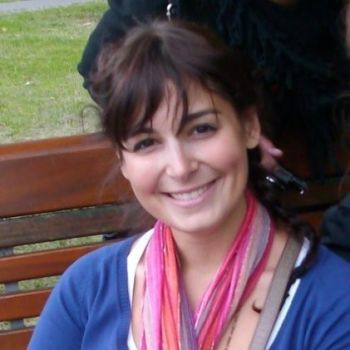
Diana Gaspar is a Senior Researcher at AlmaScience on electronics and photonics on nature-based substrates. She has a Ph.D. in Advanced Materials and Processing; her thesis focused on cellulose-based substrates for applications in electronic devices. Moreover, she was a researcher at CENIMAT/i3N and CEMOP, with a focus on materials development and paper electronics. She is the Principal Investigator of CELLECTIVE, a project funded by the Portuguese Science and Technology Foundation that focuses on cellulose nanocrystals and their application in dynamic natural structures with fast actuation responses.
Email:
FlexEnable Technology Ltd
FlexEnable’s award-winning flexible technology platform, together with its unique FlexiOM™ materials, brings transformational possibilities to products including AR and VR optics, ePrivacy screens, automotive smart windows and displays. The organic thin-film transistor (OTFT) backplane process developed by FlexEnable, allows transistors to be manufactured at less than 100°C – by far the lowest temperature process for transistor manufacturing in the world. This allows, for the first time, commonly available and optically ideal flexible bio-degradable substrates such as TAC film to be used instead of glass. FlexEnable’s game-changing technology is used to make active-matrix flexible displays and flexible active liquid crystal (LC) optical films which are thin, light and conformable to almost any surface. OTFT display technology is already on the market today incorporated into a consumer product – a crypto wallet device with an E Ink display uniquely wrapped around a180-degree bend.Today, FlexEnable has around 500 patents and patent applications globally for OTFT and LC cell materials, processes and device architectures. With an established supply chain for OTFT production, FlexEnable has technology transfer programmes and mass production underway with several leading display manufacturers in Asia as well as commercial programmes with some of the world’s biggest brands in consumer electronics.
Scientist in charge:

Ian Horne has 15 years of technical experience in development, characterisation, process control and failure analysis of polymer electronics for flat-panel displays, active matrix sensors, smart lenses and other applications as part of FlexEnable and Plastic Logic. He holds a degree in Natural Sciences from Cambridge University.
Email:


